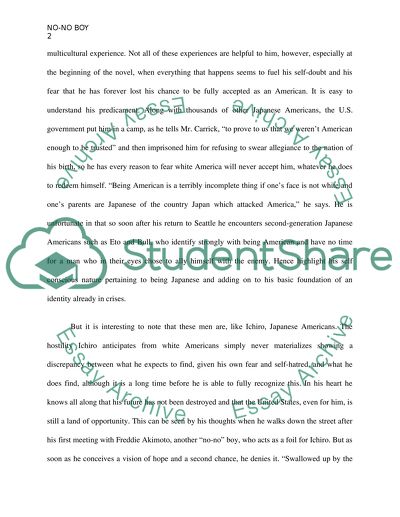Cite this document
(“No-No Boy by John Okada Literature review Example | Topics and Well Written Essays - 1250 words”, n.d.)
No-No Boy by John Okada Literature review Example | Topics and Well Written Essays - 1250 words. Retrieved from https://studentshare.org/literature/1423129-analytic-essay
No-No Boy by John Okada Literature review Example | Topics and Well Written Essays - 1250 words. Retrieved from https://studentshare.org/literature/1423129-analytic-essay
(No-No Boy by John Okada Literature Review Example | Topics and Well Written Essays - 1250 Words)
No-No Boy by John Okada Literature Review Example | Topics and Well Written Essays - 1250 Words. https://studentshare.org/literature/1423129-analytic-essay.
No-No Boy by John Okada Literature Review Example | Topics and Well Written Essays - 1250 Words. https://studentshare.org/literature/1423129-analytic-essay.
“No-No Boy by John Okada Literature Review Example | Topics and Well Written Essays - 1250 Words”, n.d. https://studentshare.org/literature/1423129-analytic-essay.


